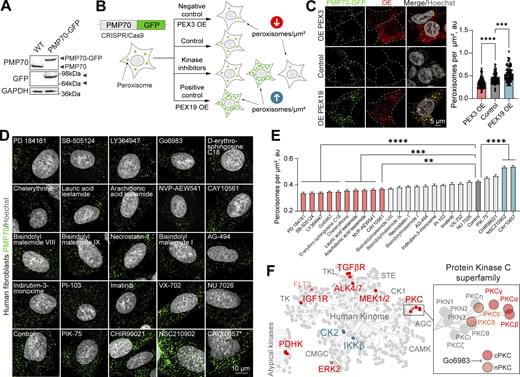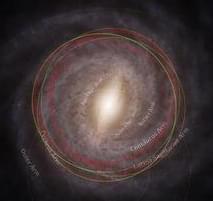Regulatory T cells (Treg cells) are a specialized subgroup of immune cells that play a central role in the human immune system. These cells can suppress erroneous and therefore harmful immune reactions that can lead to autoimmune diseases, for example. Furthermore, they actively promote the regeneration of tissue after injuries and thus orchestrate the wound healing process.
To this end, Treg cells can release tissue-healing substances and support regenerative cells such as tissue stem cells. They therefore cooperate with both immune and non-immune cells during tissue healing. These diverse functions make Treg cells attractive candidates for therapeutic use, for example, to promote tissue function after acute or chronic inflammation.
To support wound healing processes in the body, Treg cells must develop into so-called tissue-Treg cells. This development process is still poorly understood, and a better understanding is necessary to be able to use Treg cells in the treatment of diseases.








